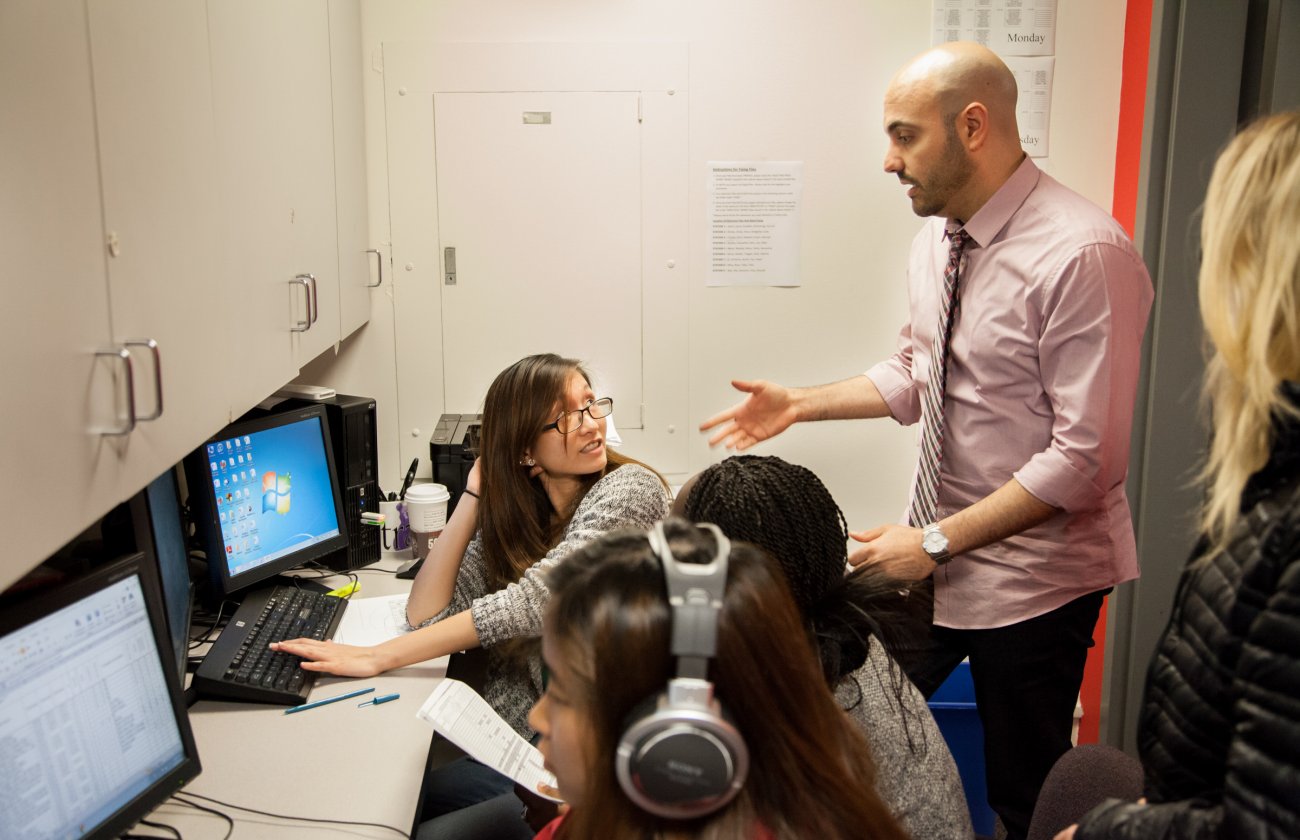By Gretchen Parker
USC Annenberg is launching an innovative hyperlocal news site that aims to cover news and be a trilingual voice for local storytellers. In a unique collaboration between communication research and new media, researchers will gauge the impact by measuring levels of civic engagement now – and after two years of operation.
Alhambra Source is based in the multiethnic (52% Asian, 36% Latino, 11% Anglo) city of Alhambra, population 90,000, just east of Los Angeles, and uses content from journalists, Annenberg students, local contributors and high school student reporters.
The multilingual site will post content in English, Chinese and Spanish, and it hosts active contributors from an array of ethnic groups. The Alhambra Source functions as a complete local newsmagazine, covering politics, events, education, health, food, art and more.
The genesis of the site is the Alhambra Project, which was created in 2008 by Annenberg researchers responding to the ar
The idea for the news site came from Michael Parks (pictured, right), former director of USC Annenberg's School of Journalism and former editor of the Los Angeles Times. He wanted to explore how local news coverage could better serve communities, after he concluded that traditional, metropolitan news outlets like the Times weren’t enriching civic participation.
“One question in all of this is: Does journalism matter?” Parks said. “We’ve had the assumption for a long time that an informed citizenry, informed by the press, would take an active part in the decision making in the community. We’ll see if we can move the needle there.”
Researchers, led by communication professor Sandra Ball-Rokeach (pictured, below left), worked in Alhambra for two years before building a site tailored to the community’s specific information needs.

Ball-Rokeach’s team monitored the Chinese and Spanish-language media and also conducted focus groups to determine the communities that need information: parents, drivers and foodies. (Food blogs are already among the most popular coverage on the site.)
Ball-Rokeach is preparing to launch a major survey of civic engagement in Alhambra, to offer a baseline for comparison when researchers do a follow-up study in two years. The surveys also will explore how attached residents feel to their community, including how much meaningful interaction they have with their neighbors and whether they feel empowered to join together to address common problems, such as potholes or an unsafe park.
It’s that kind of engagement that is the heart of the Alhambra Source, said managing editor Daniela Gerson (M.A. Specialized Journalism '09, pictured below). The point is not just to present stories in multiple languages, but to spark dynamic interaction.
“We don’t want to just have three parallel sites in three languages. We want to have a site where people can comment i
Project leaders know they have a hard job ahead of them. They point to one obvious barometer of Alhambra’s low civic activity: This fall’s elections in Alhambra were canceled, after no one stepped up to run against any of the five incumbents up for re-election on the City Council and the school board.
Although the site just launched, Gerson already is hearing enthusiastic feedback from residents.
“It’s been very rewarding to watch Alhambra residents from diverse backgrounds interact with the site and use it to address public issues such as high-speed rail, development on Main Street, and emerging local artists,” Gerson said. “For a year this was mostly theory, but from the feedback we’re receiving it’s evident that the Alhambra Source is filling an information void and Alhambrans are grateful for the opportunity to have more voices heard.”
For more information about the work of Metamorphosis, a study of the transformation of diverse communities under the forces of globalization, population diversity and new communication technology click here.



